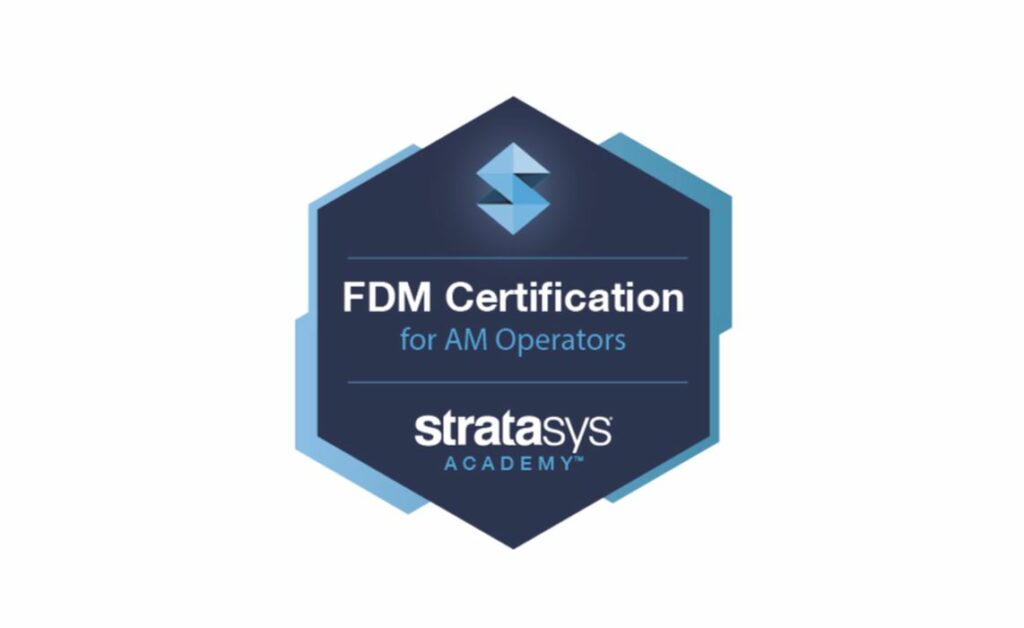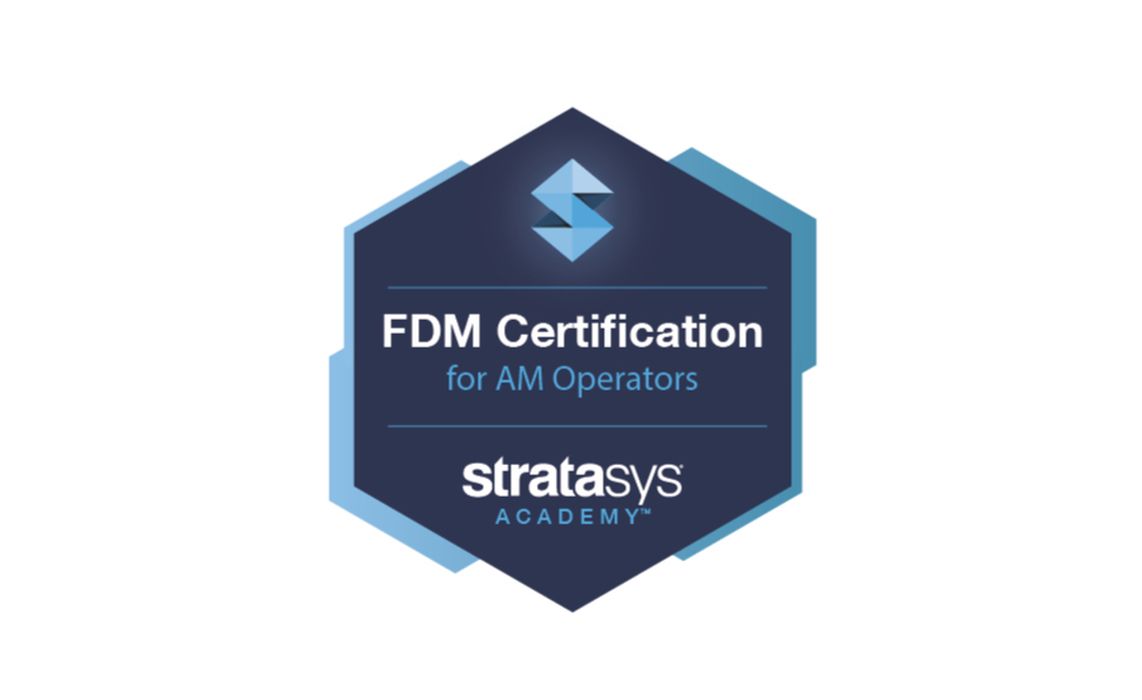
Stratasys has introduced a “certification program” for those involved with their FDM 3D printing technology.
What exactly is this program? Stratasys explains:
“The program is designed to provide Stratasys customers with a comprehensive education that supports their adoption of 3D printing through the entire FDM printing process. Customers completing the courses will receive official Stratasys Academy certificates certifying their skills and level of mastery in a leading technology of the 3D printing industry.”
Stratasys Head of Knowledge Management Jeff Mandl said:
“With this new certification program, Stratasys Academy is helping our customers successfully adopt Stratasys technology, shorten time to value, and maximize the utilization of their 3D printers. Leading companies growing their additive manufacturing footprint need the confidence that their employees bring a proven level of knowledge in industrial 3D printing. Our certification program goes beyond a single remote class. We’re providing a blend of self-paced, remote and in-classroom learning opportunities that bring users up to a proven, certified level of skill.”
While this particular certification program relates to the company’s FDM technology, they apparently intend on introducing similar certification programs for their other major 3D printing processes including PolyJet, SAF and P3.
At this time, Stratasys offers two varieties of FDM certification:
- FDM Certification for AM Operators equips participants with the knowledge, skills and hands-on experience to run their FDM printers
- FDM Certification for AM Engineers course equips participants to optimize part quality, strength, material consumption, and production time
Those are indeed the two key roles one finds in an AM production facility.
Each program requires completing an online portion, and then a two-day session at a North American or European site.
Why introduce such a program? My suspicion is that it’s all about comfort.
While Stratasys customers have long been able to learn how to operate the equipment through various training regimes, this announcement seems to repackage and reform material in such a way that they can “stamp” those who complete it with an official designation (see image at top).
This is quite important for many companies that like to have staff “officially” certified in whatever they’re doing. They not only have staff with known training, but can also tell their own customers they have certified staff producing their purchases.
The presence of a certification program like this also creates a kind of “knowledge currency” outside of Stratasys. For example, someone could put “FDM Certified” on their resume, and a hiring company would potentially know exactly what that means.
If successful, we might start seeing these Stratasys certifications appear on hiring notices in the future, where companies specifically seek these certifications because they know they’ll match the equipment they intend on operating.
I think Stratasys is ahead of most 3D printer manufacturers in this strategy, and it’s a good one at that. This can only bring more visibility to Stratasys technology in many different dimensions, and all of that should lead to new and increased sales for the company.

